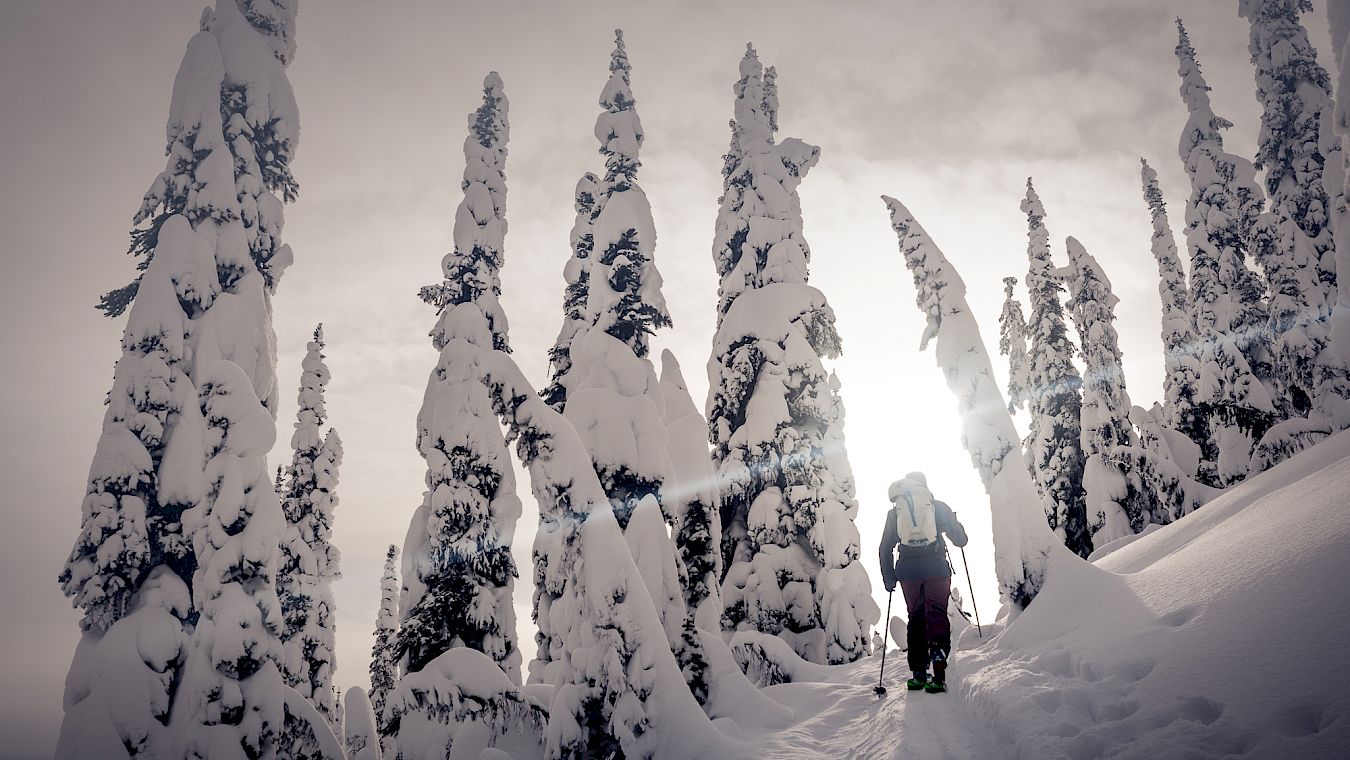
What's the most important thing to take into the backcountry?
One of the most frequent questions we get asked is, “what’s the most important thing to take into the backcountry?” says Michelle Stojanowski, one of the owners of ROAM - the popular Baker Street outdoors shop.
An avalanche transceiver? Important, but no.
A friend? A must, but again, no.
Knowledge? Bingo.
“A lot of customers coming into the store assume that if they buy all the gear, they’re going to be fine. But all the gear and no idea how to use it in this instance is the worst possible combination. The first few hundred dollars you spend should be on an AST course, not a backpack or a transceiver” says Michelle.
Travelling into the backcountry is dangerous. Conditions can change incredibly quickly and even if you are comfortable and familiar with the terrain you are moving in, situations can move from exciting to life-threatening very fast. Particularly if you are unprepared or do not know how to act in an emergency.
This is especially prevalent in the early season. The snowpack can be unstable and move in unpredictable ways. November and early December touring can be a great way to get your fitness up before the main season begins, but anyone undertaking a trip into the backcountry should be cautious and only venture out if they are confident, prepared and have up-to-date knowledge and gear.
What if I’ve done my AST1? What should I take?
Amazing work. You’re ready to go! After you’ve planned your route, checked the avalanche conditions and shared your trip plan with an emergency contact, the following gear list is a good starting point.
- A good backpack - minimum size you’ll need is 25L
- An avalanche transceiver - make sure yours has 3 antennas
- A shovel and a probe
- A touring buddy (who also has all of the above equipment)
- Extra clothing
- A map or guidebook of the area and a compass
- A small first aid kit
- A headlamp
- A whistle
- Food & water - take more than you think you’ll need
In addition to this, you’ll need your actual touring set up. Touring skis with bindings and skins. Or a splitboard. Or snowshoes. Plus poles, of course.
If this is your first season venturing into the backcountry, it could be a good idea to rent some gear before you commit to buying. Renting gives you the opportunity to try out different brands and variations on your set up, before you spend vast amounts of money on gear you might not end up loving.
Backcountry skiing or snowboarding can be amazing. You get to experience fresh mountain air, glorious uncrowded peaks and exhilarating descents in untracked powder. And for anyone new to the sport, the terrain available at Whitewater is an awesome place to start – but before you head out there this season, make sure you’re prepared.
Written by Bex Dawkes. Photo by Ryan Flett
If you’re looking to rent or demo backcountry gear this winter, check out ROAM. They have a full rental fleet of skis, splitboards and avalanche gear. Visit their website for more details and to book today.